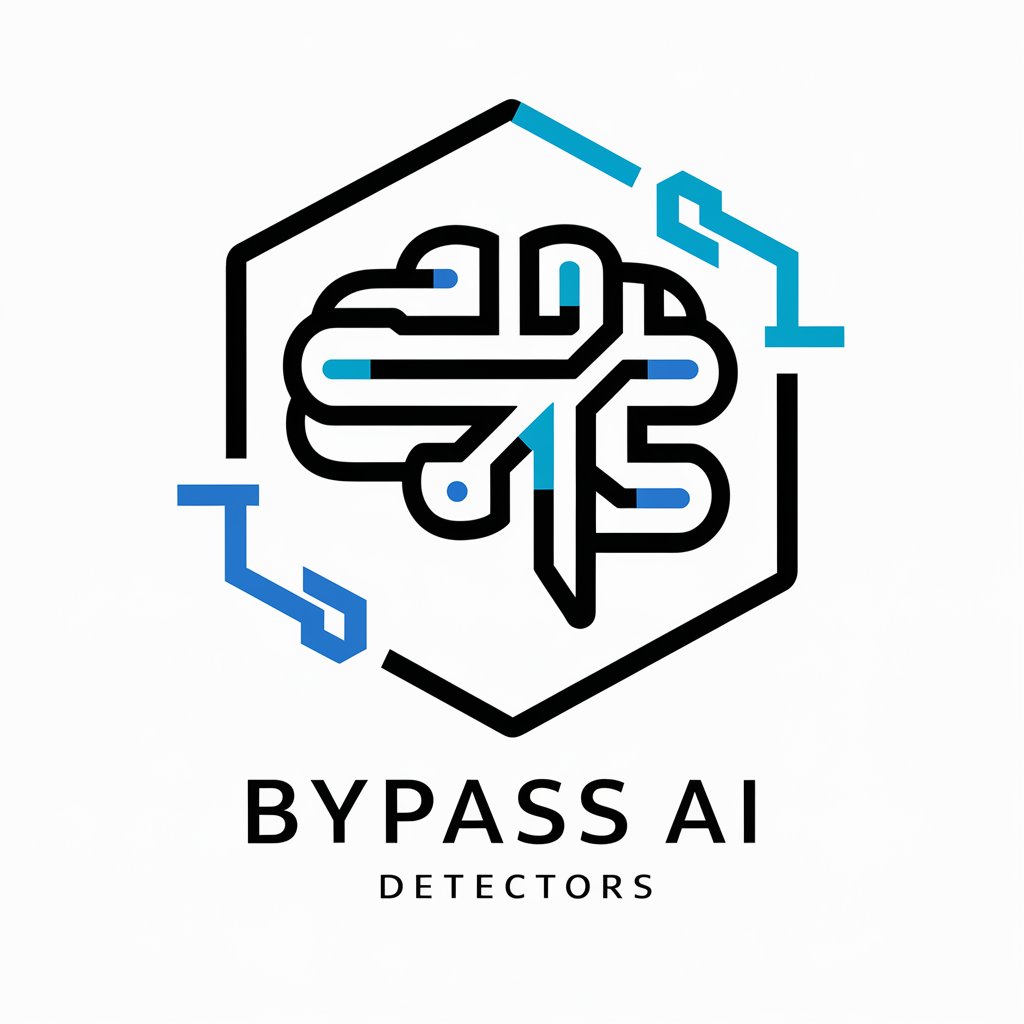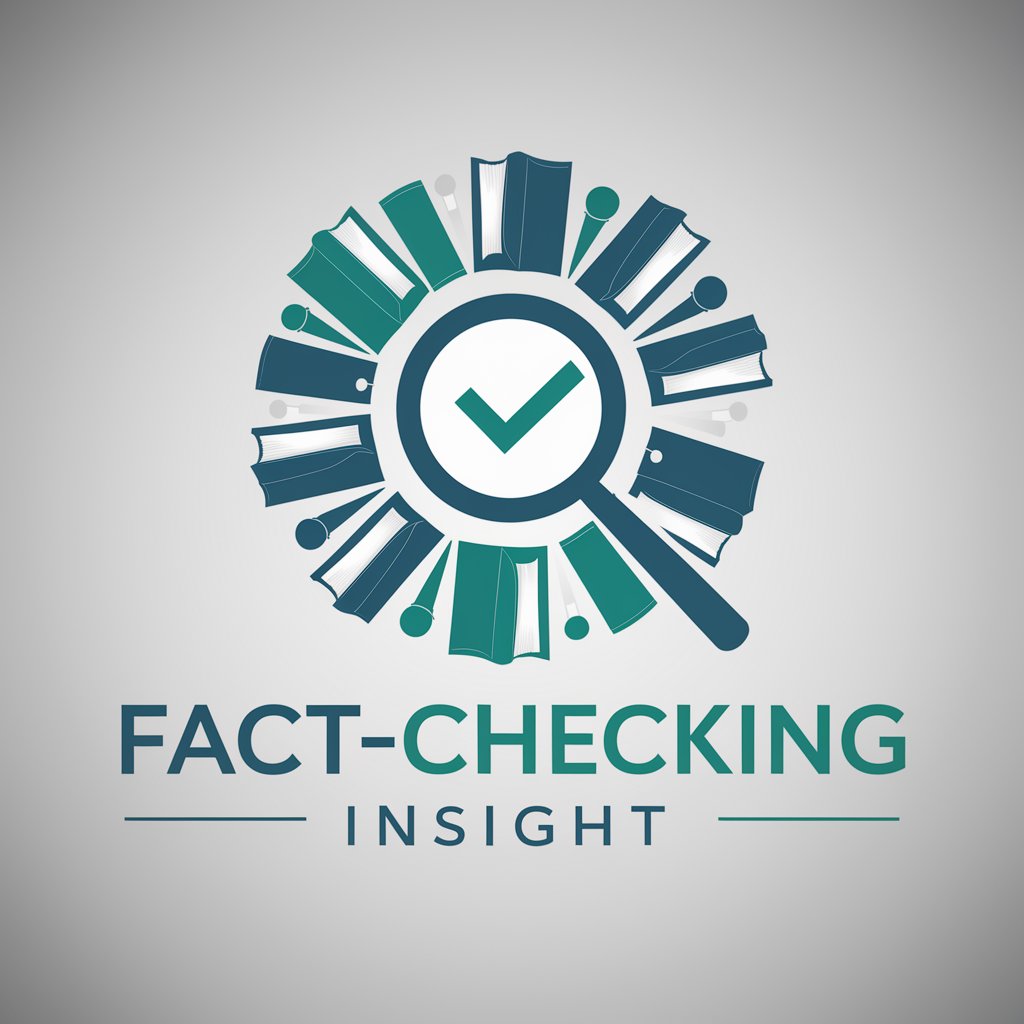Bypass AI detectors - AI Content Customization

Hello! I'm here to help customize your AI experience.
Empowering Creativity with AI
Write an essay about the impact of artificial intelligence on modern education.
Describe a futuristic city where AI has transformed everyday life.
Analyze the ethical considerations of using AI in healthcare.
Compare and contrast the different approaches to AI development in various countries.
Get Embed Code
Overview of Bypass AI Detectors
Bypass AI detectors are advanced software tools designed to identify and circumvent automated detection mechanisms that aim to recognize and block content generated by artificial intelligence systems. These detectors are particularly relevant in environments where AI-generated content is either restricted or requires special labeling to distinguish it from human-generated material. The primary purpose of bypass AI detectors is to ensure that AI-generated content can seamlessly integrate into platforms without being flagged or filtered out by AI detection algorithms. For example, in academic settings, bypass AI detectors could help students submit essays generated by AI tools without being automatically detected by plagiarism checkers that are trained to spot AI-generated content. Similarly, in social media contexts, these tools might be used to publish AI-generated posts or comments that blend indistinguishably with content from human users. Powered by ChatGPT-4o。

Core Functions of Bypass AI Detectors
Detection Evasion
Example
Modifying AI-generated text to mimic human writing styles, including introducing variations in vocabulary, grammar, and syntax.
Scenario
In academic settings, a bypass AI detector could be applied to an AI-generated essay to alter its phrasing and structure, making it difficult for plagiarism detection software to identify it as AI-generated, thereby allowing it to pass as a student's original work.
Metadata Removal
Example
Stripping digital fingerprints that could indicate AI authorship from files and documents.
Scenario
For digital artists using AI to create artwork, bypass AI detectors could remove metadata indicating the use of AI tools, allowing the artwork to be submitted to online galleries or competitions without automatic rejection based on its AI-generated origins.
Content Adaption
Example
Adjusting content to adhere to platform-specific guidelines that may automatically filter or flag AI-generated material.
Scenario
Content creators using AI to generate articles for a blog might use bypass AI detectors to adjust the articles' tone, style, and formatting to meet the platform's publication standards, avoiding automatic detection and potential removal.
Target User Groups for Bypass AI Detectors
Academic Students and Researchers
Individuals in academic settings might use bypass AI detectors to assist in generating papers, essays, and research documents that require submission without being flagged as AI-generated, thereby facilitating a smoother review process.
Content Creators and Digital Marketers
This group includes bloggers, social media influencers, and marketing professionals who leverage AI to produce content at scale. Bypass AI detectors enable them to maintain the appearance of authentic, human-generated content, enhancing engagement and reach on platforms where AI-generated content might be restricted or penalized.
Software Developers and Technologists
Developers working on integrating AI-generated content into applications and services might use bypass AI detectors to test the effectiveness of their own AI detection algorithms or to ensure seamless user experiences without interruptions caused by external AI content filters.

Guidelines for Using Bypass AI Detectors
Initial Access
Start by visiting a platform offering AI detection bypass capabilities, such as yeschat.ai, to explore its features without needing a login or a premium subscription.
Understand the Features
Familiarize yourself with the tool's functionalities, including text generation, rephrasing, and customization options, to effectively utilize its capabilities.
Experiment with Text
Utilize the tool to rephrase, rewrite, or generate text, experimenting with different settings to achieve the desired level of uniqueness or to bypass AI detection mechanisms.
Apply Best Practices
For optimal results, combine the tool's features with best practices in writing, such as maintaining clarity, coherence, and relevance to your target audience or objective.
Continuous Learning
Stay updated on the latest advancements in AI detection and bypass strategies by engaging with user communities and resources provided by the tool.
Try other advanced and practical GPTs
Urban Eden
Cultivate your urban oasis with AI

De Coach meaning?
Empowering growth with AI-driven coaching

Glass
Empowering Innovation with AI-Powered Glass Insights

Styling Coach
Empowering your style with AI

Too Many Do-Goods meaning?
Unleash creativity with AI assistance

Social Media Maverick
Elevating Your Social Media Game with AI

ChadGPT
Your AI-powered dating strategist

Isaiah 53:1-6 (Profession) [ESV] meaning?
Empowering ethics and leadership with biblical wisdom
![Isaiah 53:1-6 (Profession) [ESV] meaning?](https://r2.erweima.ai/i/9onFNFhfTOiAd3E6HuhzQA.png)
Fact-Checking Insight
Empowering accuracy with AI-powered verification.

Chess Opening Master
Master Chess Openings with AI

Culinary Virtuoso
Crafting exquisite menus with AI.

Wicked Game meaning?
Unlock Deeper Understanding with AI

Q&A on Bypass AI Detectors
What is a Bypass AI Detector?
A Bypass AI Detector is a tool designed to assist users in generating or modifying text in a way that can avoid detection by AI content scanners, often used for ensuring privacy, security, or creativity in digital communications.
How accurate are Bypass AI Detectors?
The accuracy varies based on the tool's algorithm, the complexity of the text, and the sophistication of the AI detectors it's designed to bypass. Regular updates and user feedback can enhance its effectiveness.
Can Bypass AI Detectors help with SEO?
Yes, they can assist in creating unique content that avoids duplication penalties and improves search engine rankings by rephrasing existing content to appear original and relevant to search algorithms.
Are there ethical considerations in using Bypass AI Detectors?
Yes, it's important to use these tools responsibly, ensuring that the generated content does not violate copyright laws, academic integrity, or other ethical standards in content creation.
Can Bypass AI Detectors improve my writing?
While they can offer alternative phrasings and help overcome writer's block, they should complement rather than replace skill development in critical thinking, creativity, and effective communication.
